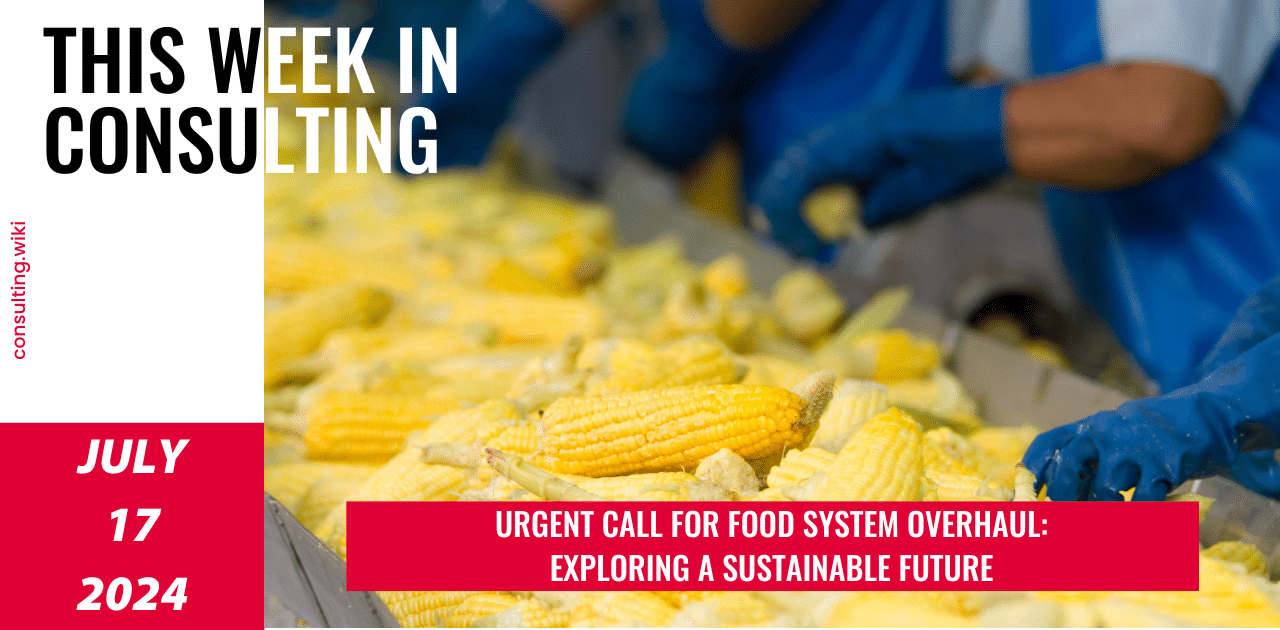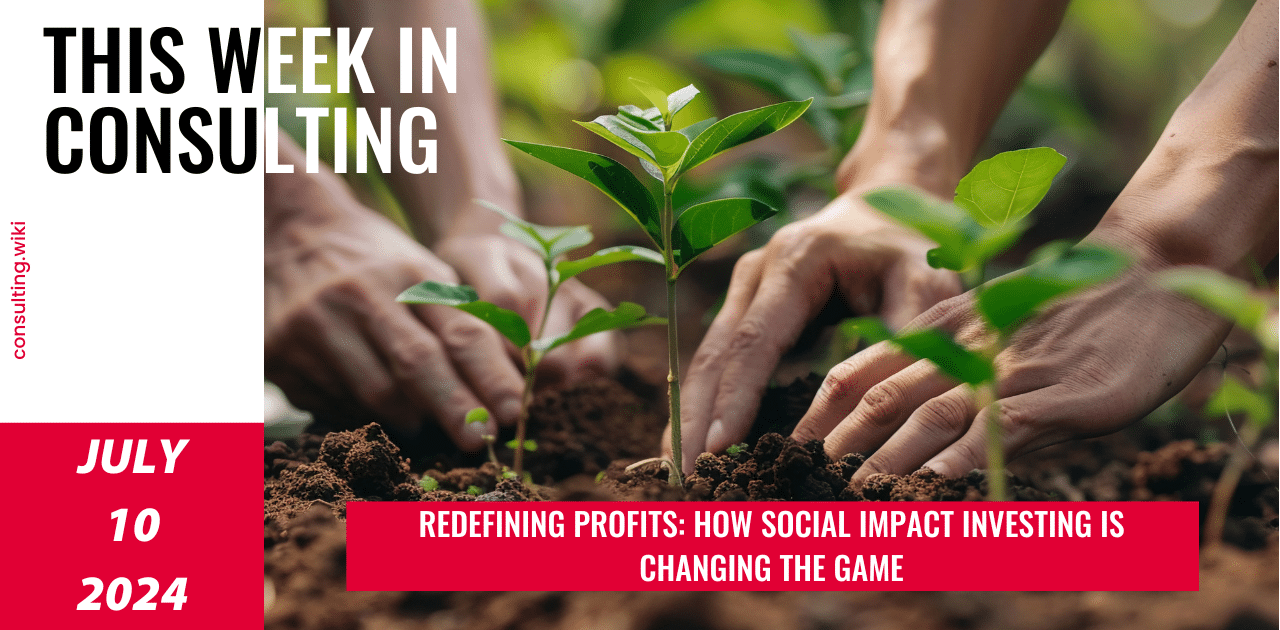
Effective and Successful Consulting Project Wrapping in 6 Steps
“You don’t make progress by standing on the sidelines whimpering and complaining. You make progress by implementing ideas.” – Shirley Chisholm
The most simple and significant reason for every Consulting project is improvement. Whether you try to achieve growth or change, Consultants bring in expertise, fresh perspective, and new ideas.
Assuming you are moving towards completion and wrapping up your Consulting project, here are our best tips you can apply.
From experience, we know that too many companies underestimate the complex procurement system. Also, Consulting is often not straightforward; simply signing a contract and assuming everything will work out exactly as specified neglects the versatility of consulting and the nature of intellectual services in general.
Ultimately, both sides hope to develop a mutually-beneficial professional relationship. Viewing procurement as a long-term process improves communication, better aligns the scope of the relationship and provides the necessary insights to achieve continuous improvement and productive partnership. Procuring a consultant is an investment, and the return on that investment comes through the follow-up.
It’s best to aim past the project. That will help begin to mark the right follow-up path.
Read also...
Procurement is a truly dynamic category today. Did you know that Cloud Technology, Cognitive Procurement, Blockchain, and many new tech trends are changing the way we look at the category and how Procurement is organized and executed?
Wrapping up and Transition in 6 Steps –
1. Plan the transition from the RFP.
The RFP is all about procuring solutions, not just making a purchase. With that in mind, think long-term and include the ways to determine whether project goals were met or not and if additional consulting support is needed once the consultant leaves.
Keep in touch. Executives and consultants should keep in touch to ensure that the consultant’s recommended systems and ideas work to resolve the original issue.
We’re talking about data collection—evidence that the new knowledge and systems work, fail or result in zero meaningful changes. Build in the collecting of data points during the project for three to six months, or even a year afterward.
The data points need to measure the extent to which the solution you were aiming for does exist. You or the consultant can analyze this data as a way to determine project success, failure, or status quo, as well as the next steps to take. Include a compliance check within the RFP.
Once the original project ends, the consultant should schedule a return visit to determine to what extent your team absorbed new lessons and how well new systems are being incorporated as intended.
The last deliverable could actually be the proposed way forward.
2. Decision time: figure out which recommendations to keep.
Just because you paid a consultant to address a gap and offer a solution does not mean that your company needs to jump in blindly.
The company’s senior executives can sift through the consultant’s suggestions and cherry-pick the ones that are most likely to solve the issue at hand.
Once that sifting occurs, meet with the consultant for feedback on what your team has chosen as the wheat and what’s the chaff. After all, the consultant may have experience with the result that occurs (positive or negative) if recommendation A is kept, but recommendation B is tossed.
3. Know “the what, the how and the who” before the consultant exits.
Clarity about the next steps is key. Knowing what to do but not how to do it is a roadblock to success.
Before the consultant departs, take the time to make sure that everyone affected knows what to do next, and how to do it and that the appropriate resources will be allocated.
The combination of the what to do and the how to do it makes the difference between a return on the consulting investment, or taking a loss. It’s not enough that employees just understand. The rubber won’t meet the road if they can’t also implement what they know they need to do.
Plan ahead to build in ways to manage implementation and potential failures.
- Who will be accountable for implementing the plan?
- How will the activity be steered?
- Who will be responsible for correcting implementation issues?
- How often and by what method will that person be accessible?
4. Plan to retain learned knowledge and skills.
Whether it’s staff turnover or vacation time, new skills can get lost in life’s shuffle. You need a plan to keep that new information at the forefront of employees’ work.
- Is transferring knowledge explicitly part of the mandate?
- Will you offer annual refresher courses? Online manuals? Access to the consultant via email or web forum? All of the above?
- Will there be a mentoring relationship for an extended timeframe once the project ends? Mentoring often makes the difference between long-term ROI or loss on consulting investments. Just be sure to structure the arrangement with a timeline, and have clear data points for ending the mentorship.
5. Keep the door open to transformational ideas.
You know what often happens when you focus for a time on a project and then step away. New, perhaps even transformational ideas may pop up unexpectedly.
Depending on how your company is structured, novel ideas can float up to your senior team or through your project team. Alternatively, perhaps the consultant experiences a couple of brainstorms once the project has ended.
You will want access to these raw new ideas. Coming on the heels of intense project focus, they may contain just the right germ of an idea that, when shaped and cultivated, can provide an unforeseen breakthrough that boosts your competitive edge.
Explicitly create the potential for following up with the consultant on promising innovative ideas and approaches after the initial project ends.
6. Keep track of the performance of the Consulting firm.
Unless you have the memory of an elephant, and you never forget anything, we strongly recommend writing down your assessment of the performance of the Consulting Team all along the project life, including the bid.
Here are the main milestones to analyze a consulting project’s performance:
- The bid
- Every key deliverable
- Every milestone
- End of the project
When the time comes for closing the project and paying the last invoices, this information, on the performance of the Consulting Firm, will be precious. If everything goes well, you will be able to close the project neatly. If it didn’t, you will have the data to back your potential claims.
Meeting your goals requires you to lead the company through a follow-up phase once the consulting team leaves to ensure the highest return on your consulting investment.
Ready to get started on your next project?
Need a fresh point of view? We will be happy to help.
Please give us a call today, at no obligation.
Let’s get the conversation started.
Hélène Laffitte is the CEO of Consulting Quest, a Global Performance-Driven Consulting Platform and author of “Smart Consulting Sourcing”, a step by step guide to getting the best ROI from your consulting. With a blend of experience in Procurement and Consulting, Hélène is passionate about helping Companies create more value through Consulting.




